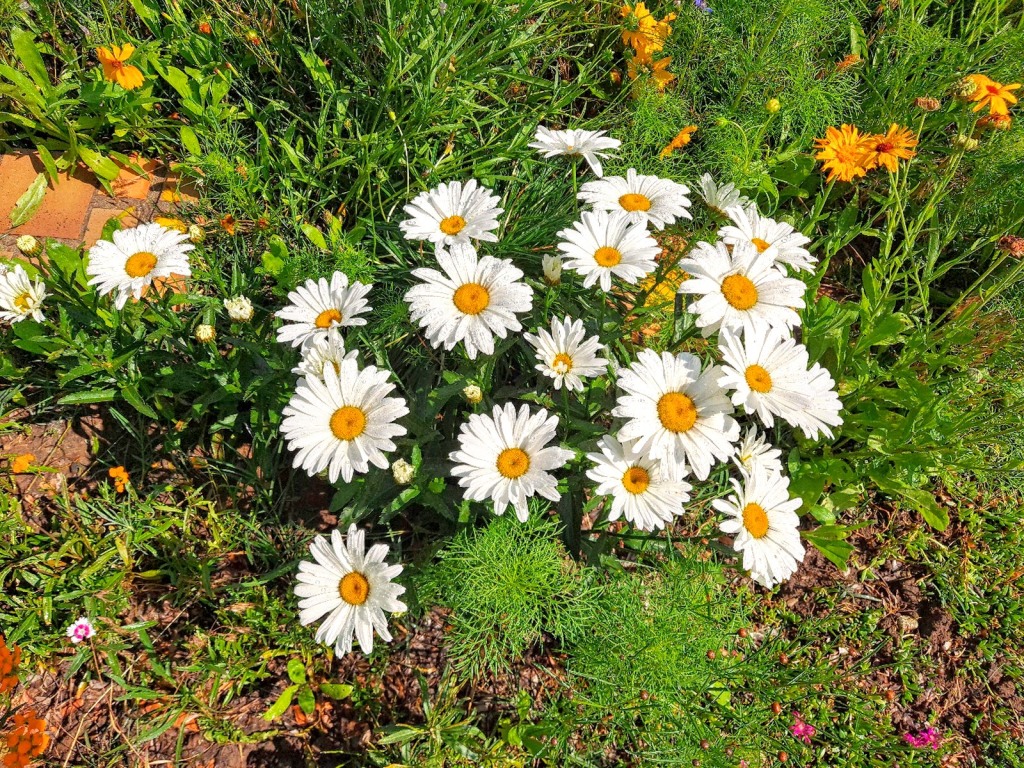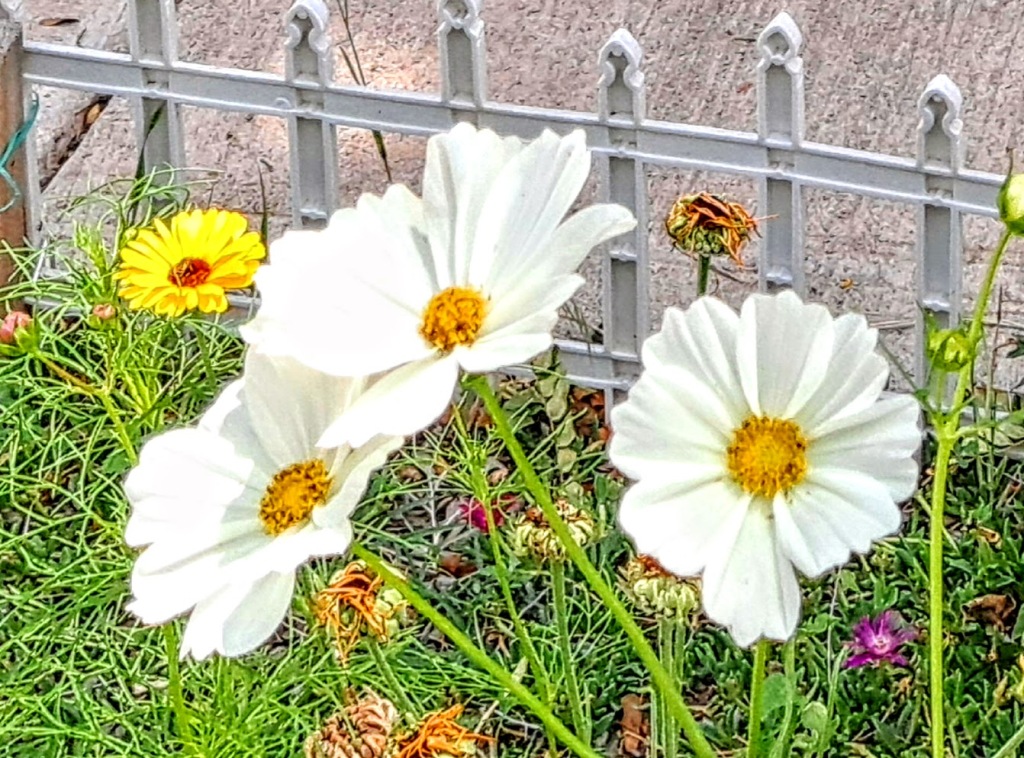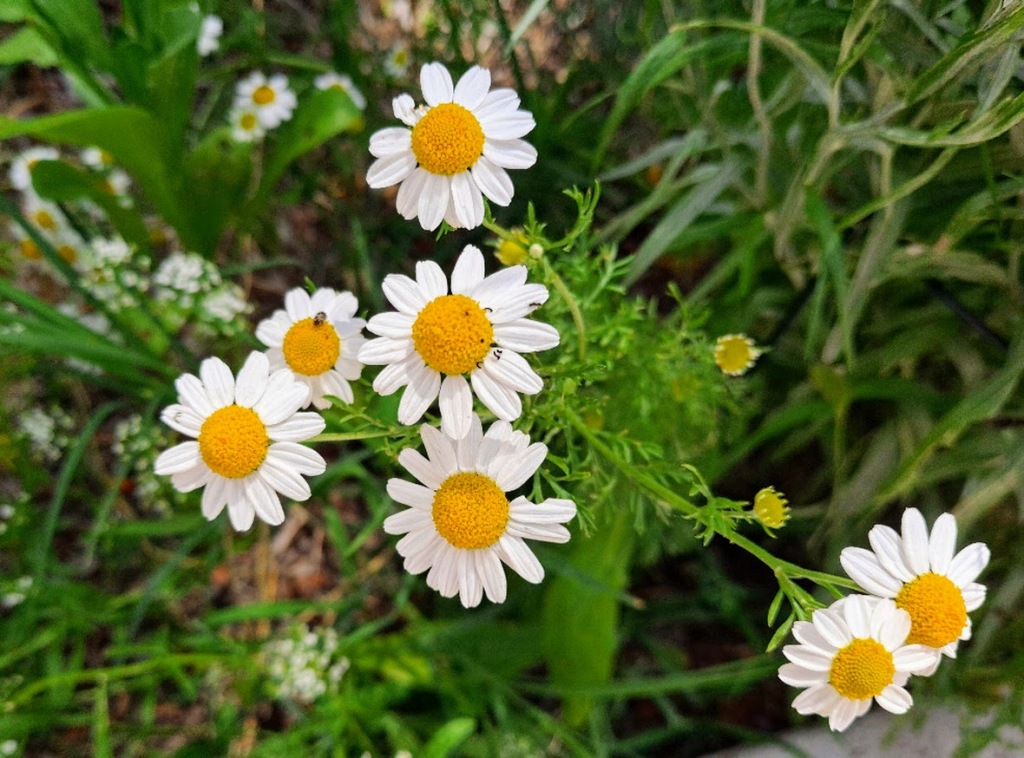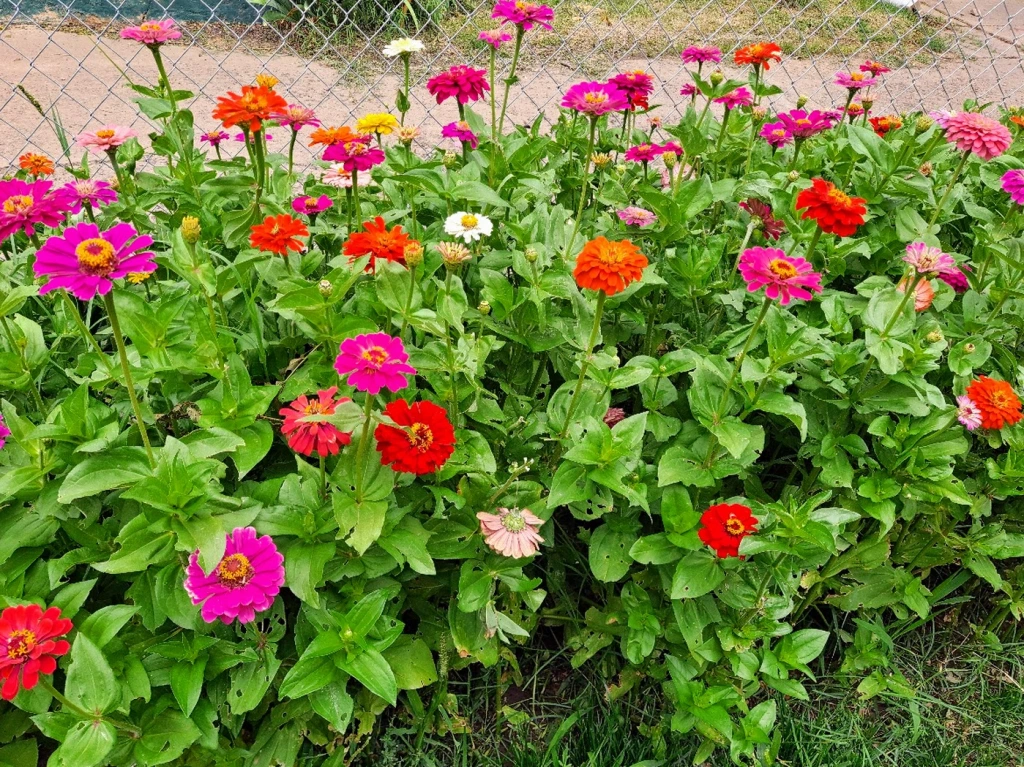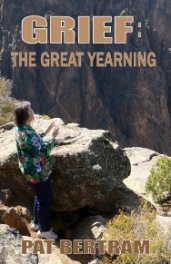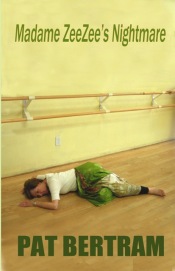There isn’t much in my life anymore that I want to or need to commemorate. There’s been nothing spectacularly good or spectacularly bad — just life. Living day by day. Enjoying being alive, or at least being at peace and accepting of what comes. I read, play games on the computer, exercise a bit, try to eat right, visit with friends occasionally. Just . . .live.
If there is any month, though, that should be commemorated, it is March, mostly because so many life of my life changing experiences have happened this month. In three weeks, it will be the fourteenth anniversary of Jeff’s death. It’s hard sometimes to remember that I wasn’t always alone, that once I shared my life with someone but fourteen years is a long time. Still, I do remember, especially during this month.
A happy commemoration is that March is also the anniversary of my becoming a homeowner. It’s amazing that those five years have sped by so quickly. It seems as if it wasn’t that long ago that I made this momentous and life changing decision. I have never once regretted buying the house — in fact, most days I look around in gratitude for this lovely, comfortable home.
March is also the month where my yard starts to come alive — the grass is greening, the tulips are poking through the winter-weary ground, and the larkspur are sprouting. I’m surprised to see the carpet of green larkspur sprouts this year — I thought I’d done a good job of collecting (and sharing!) the seeds — but I’m glad to see how eager they are to grow, especially since we’ve had so little moisture this winter. (The mountains grabbed it all before it could hit the plains.)
March is also the month I became a published author. Though it was a life-changing experience, to a certain extent, anyway, it wasn’t as much of a change as I had hoped. Still, it deserves a mention, especially now that I’ve pretty much given up writing. (I can’t even manage to write a single blog post every month, when once I wrote one ever day in addition to my fiction writing.)
I don’t often mention my birthday — I used to spend so much time online, used to post so much information, that I didn’t like the idea of my birth date being bandied about — but a birthday is certainly the anniversary of a life changing experience, perhaps the life changing experience, and that anniversary also occurs this month.
So far, all I’ve been doing to commemorate these momentous anniversaries is going outside every morning to see if any more tulips made an appearance, but with so many things to celebrate (though the anniversary of Jeff’s death isn’t something to celebrate, my surviving all these years and even thriving certainly is), I really ought to do something special. Well, posting this blog is special, but I should do something else I seldom do. Bake a cake maybe.
Wishing you a happy, momentous March!
***
Pat Bertram is the author of Grief: The Inside Story – A Guide to Surviving the Loss of a Loved One. “Grief: The Inside Story is perfect and that is not hyperbole! It is exactly what folk who are grieving need to read.” –Leesa Healy, RN, GDAS GDAT, Emotional/Mental Health Therapist & Educator.


